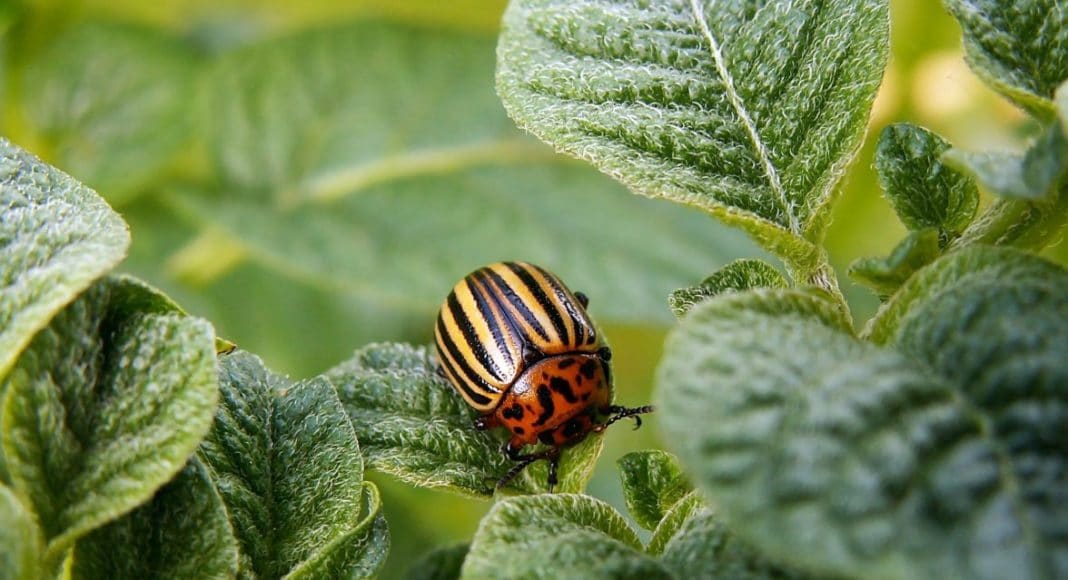As insecticide resistance grows within the Colorado Potato Beetle population, you may be wondering how is this happening?
It only takes a few survivors to make something spread — which is how insecticide resistance is growing throughout the Colorado Potato Beetle (CPB) population.
“Resistance really is survival of the fittest,” Ian MacRae, an extension entomologist at the University of Minnesota, told the audience at the Ontario Potato Conference in Guelph, Ont. in March. It’s about “who’s around to have kids at the end of the day.”
Insecticide resistance has been on the rise across insect populations, but especially amongst CPBs, MacRae says. “You name me a pesticide that’s registered to use against Colorado Potato Beetle and I will tell you there’s a population somewhere that is resistant to it.”
CPBs follow a similar life cycle each year. They will overwinter in old potato fields and emerge in the spring to find the nearest new potato field. They snack on the fresh crop and then drop down into the soil to re-emerge later in the summer to feast again. Since the 1990s, growers have used neonicotinoid seed treatments to protect their potato crops against the first CPB infestation. As resistance grows though, CPBs are increasingly able to survive.
Insecticides are designed to target a specific part of the pest and kill them — resistance comes from the pest’s evolution to survive the targeting, MacRae says. Resistance is pre-adaptive, so it doesn’t matter how many insecticides are sprayed, the gene is already there and will survive. Even if only one in every 1,000,000 CPBs have it, those insects will live on and reproduce.
“The amount of individuals within the population that have the gene starts to magnify over time. And so eventually you end up with a population that all of them have the gene to survive that insecticide, and at that point you have complete resistance,” MacRae says.
You may question why this gene even exists, but if you look at what pests feed on, it’s not actually surprising. CPBs munch on potato leaves, which contain a lot of “nasty” chemistry. To digest these “salads” CPBs have detoxifying agents in their bodies, which in some cases can also detoxify insecticides, MacRae says.
There are different resistance genes in CPBs though, MacRae says. There is metabolic, where CPBs are able to break down the insecticide internally. Target site resistance is another way, where instead of the insecticide latching onto a nerve receptor, the receptor is shaped slightly differently and doesn’t have space for the insecticide to clamp on.
The most interesting resistance though is where CPBs have developed a genetically controlled behaviour to avoid insecticides, MacRae says. The CPB will not emerge until after the neonic seed treatment has broken down and the potato plant is left unprotected and ready for munching.
Increasing resistance is really “throwing us a wrench” in our fight against CPBs, MacRae says. “It used to be we had two peaks of adults. One that came out in the spring and fed as larvae and then dropped down and incubate, and then we see a later peak of adults. We don’t see that anymore.”











